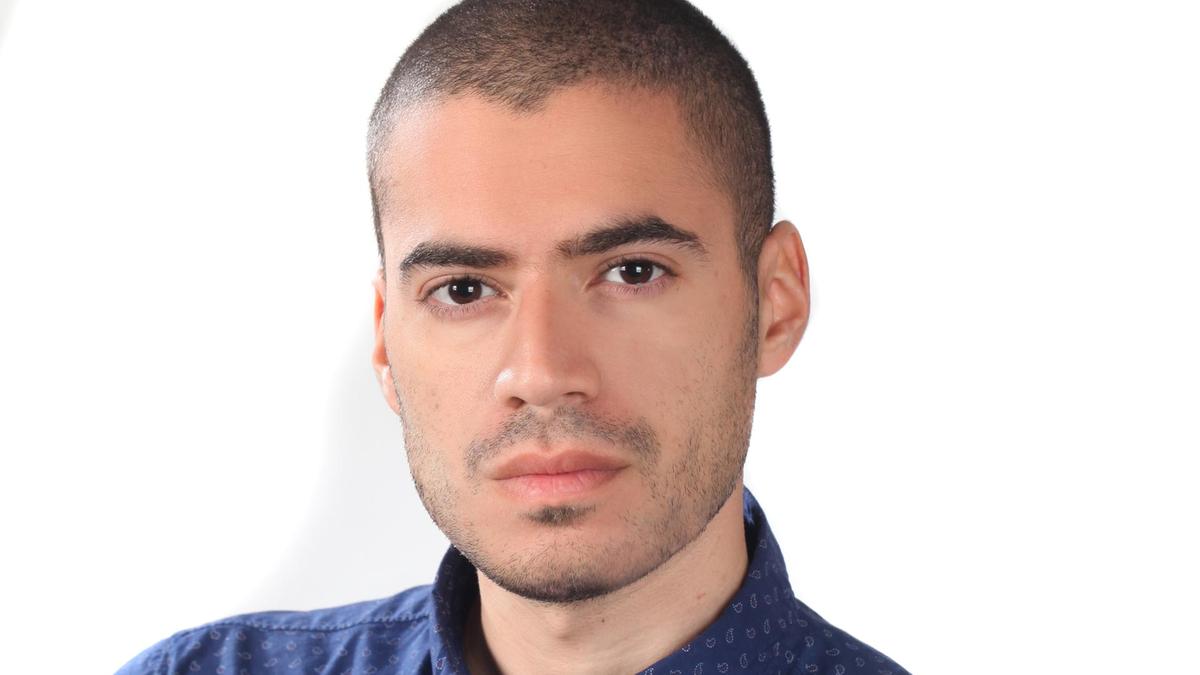In Gulf folk tales, the fox is a trickster. In the West, the mammal, which roams so many city settings, is nearly always described as wily or sly. But in Paula Cocozza’s claustrophobic, unsettling – yet engrossing – debut, the fox is something rather more fantastic.
As his visits to Mary, a 30-something Londoner struggling with a lonely urban life, increase in regularity and intensity, his new companion realises he has “extended her world … let her lose sight of its edges and of herself”.
If this sounds faintly bizarre, it is to Cocozza’s great credit that her protagonist is so vivid and plausible. Gradually, we find out Mary is breaking free of a quietly abusive fiancé who deludedly thinks perfection will come to their relationship if they have children. Next door, meanwhile, a couple with young children bring Mary into the orbit of their tiny baby – and there is a heart-stopping moment when Mary kisses the child a little too obsessively.
Indeed, it would be easy for How To Be Human to be read, or written, as an allegory for motherhood’s pleasures and pitfalls. There are some really beautifully intimate passages about the minuscule features of the baby.
But it functions on so many more levels than that. Cocozza’s urban setting throbs with life and the idea that nature can act as an antidote to loneliness – there is a lovely line where Mary talks of “opening a window or a door or even just an eye and finding a mass of life that listened back”.
Admittedly, sometimes these sections are as ripe as the swollen blackberries in the wasteland behind Mary’s house – there is a moment where she is concerned the fox has been trapped and she howls into the night to see if she gets a reply. She does – and what happens next in their relationship (it would be a spoiler to detail it here) does require a definite suspension of disbelief.
But, having delved so far into Mary’s character, the third act does make a kind of sense.
Whether, as she begins to suffer a kind of breakdown, her relationship with the fox is really as domestic as it is painted is beside the point. It functions as a reminder that a person, or an animal in this case, has the “power to create a future”.
Which means that although Mary’s journey is painful, this is a quietly hopeful novel, which in its strangeness exerts a hypnotic pull on the imagination.


